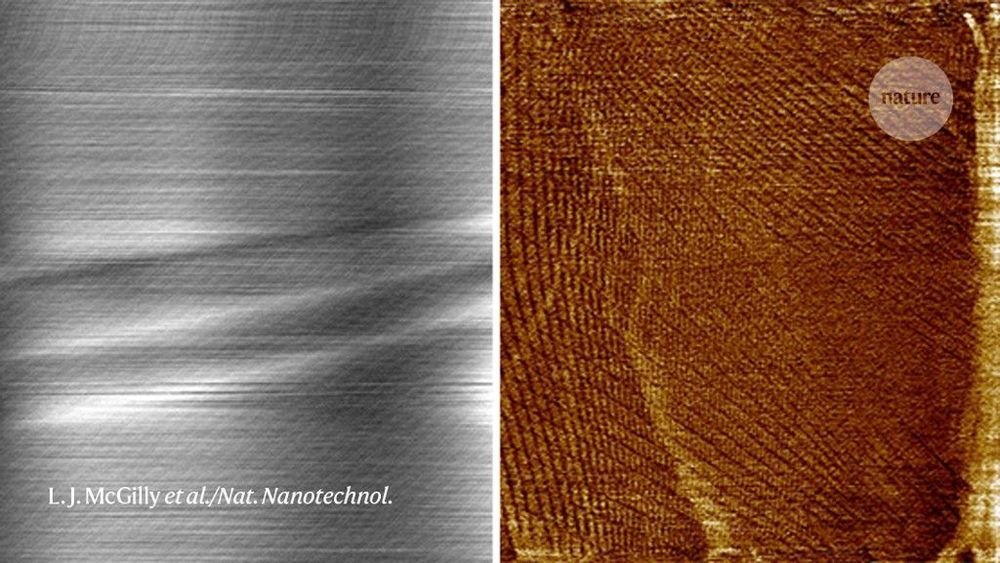The ‘quasiparticles’ defy the categories of ordinary particles and herald a potential way to build quantum computers.
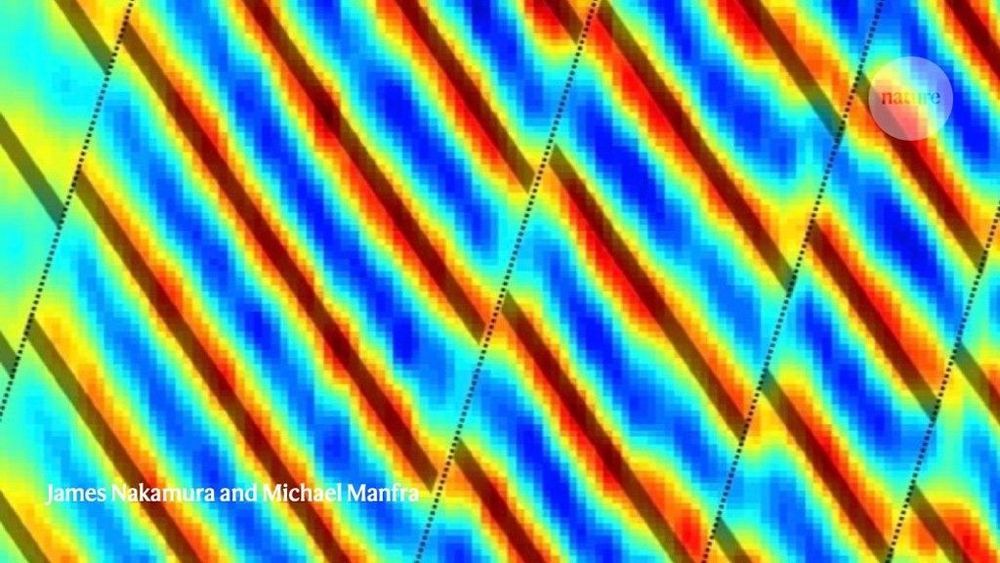

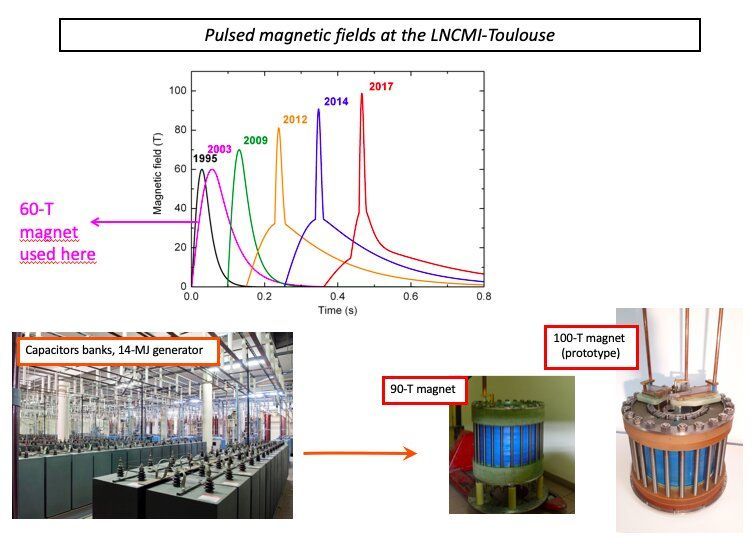
URu2Si2 is a metal that belongs to the family of heavy-fermion compounds in which several quantum phases (e.g., magnetism and superconductivity) can compete or coexist. These metals exhibit small energy scales that are easy to tune, a characteristic that makes them ideal for testing new physical ideas and concepts.
For instance, researchers have often used these compounds to test theories related to quantum phase transitions, quantum criticality and unconventional superconductivity. Studying heavy-fermion metals could ultimately unveil new physical properties of other correlated-electron materials that have shown promise for a wide range of applications, such as high-temperature superconductors.
A research team at the National Laboratory of High Magnetic Fields (LNCMI/CNRS) in France and Université Grenoble Alpes, in collaboration with researchers at Okayama University and Tohoku University in Japan, recently carried out a systematic investigation of URu2Si2 under a combination of high pressures and high magnetic fields. Their paper, published in Nature Physics, maps out a phase in the material that is so far poorly understood, delineating a complex three-dimensional phase diagram.

face_with_colon_three Circa 2012
Scientists have been able to generate the world’s fastest laser pulse with a beam shot for 67 attoseconds (0.000000000000000067 seconds). This breaks the previous record of 80 attoseconds that was established in 2008. This could help engineers see extremely rapid quantum mechanical processes, like the movements of electrons during chemical reactions.
The researchers published their findings in the journal Optics Letters. This will allow the study of electron motions with attosecond pulses. The blast was obtained by sending pulses from a titanium-sapphire near-infrared laser through a system known as double optical gating (DOG) in which the gate concentrates the energy of extreme ultraviolet light pulses and focuses them on a cell filled with neon gas.
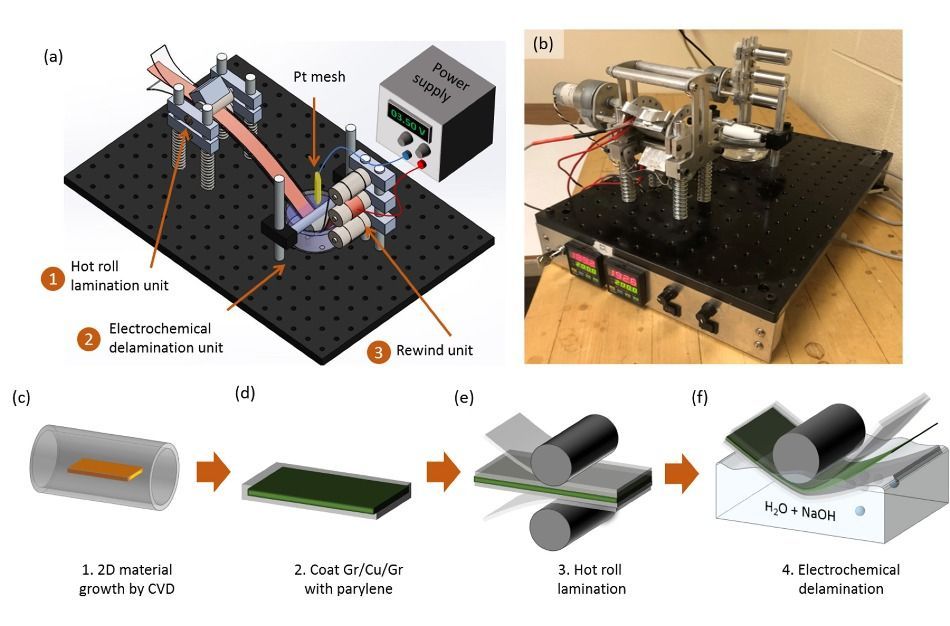
A new technique of manufacturing graphene could revolutionize solar power by enabling the creation of ultra-lightweight, flexible solar panels.
A novel technique developed by researchers at the Michigan Institute of Technology (MIT) that allows for the creation of large sheets of graphene — a layer of single carbon atoms extracted from graphite — could have a significant impact on the development of future electronic devices.
In particular, the development could give a significant boost to the field of solar power where graphene is used as a replacement for indium tin oxide (ITO) in the creation of electrodes. The resultant transparent and light electrodes can bend up to 78 ⁰ — much more flexible than traditional ITO electrodes.
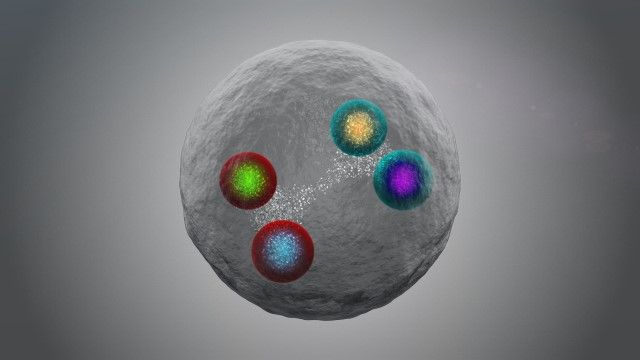
The first tetraquark comprising all charm quarks and antiquarks may have been spotted by physicists working on the LHCb experiment on the Large Hadron Collider (LHC) at CERN. The exotic hadron was discovered as it decayed into two J/ψ mesons, each of which is made from a charm quark and charm antiquark. The particle appears to be the first known tetraquark to be made entirely of “heavy quarks”, which are the charm and beauty quarks (but not the top quark, which is the heaviest quark but does not form hadrons).
“Particles made up of four quarks are already exotic, and the one we have just discovered is the first to be made up of four heavy quarks of the same type, specifically two charm quarks and two charm antiquarks,” explains Giovanni Passaleva, who is just stepping down as spokesperson for LHCb. “Up until now, the LHCb and other experiments had only observed tetraquarks with two heavy quarks at most and none with more than two quarks of the same type.”
The new tetraquark is dubbed X(6900), with the number referring to its mass of 6900 MeV/c2 (6.9 GeV/c2). The X denotes the fact that LHCb physicists are not yet certain about key properties of the particle including its spin, parity and quark content.

In a world’s first, researchers in France and the U.S. have performed a pioneering experiment demonstrating “hybrid” quantum networking. The approach, which unites two distinct methods of encoding information in particles of light called photons, could eventually allow for more capable and robust communications and computing.
Similar to how classical electronics can represent information as digital or analog signals, quantum systems can encode information as either discrete variables (DVs) in particles or continuous variables (CVs) in waves. Researchers have historically used one approach or the other—but not both—in any given system.
“DV and CV encoding have distinct advantages and drawbacks,” says Hugues de Riedmatten of the Institute of Photonic Sciences in Barcelona, who was not a part of the research. CV systems encode information in the varying intensity, or phasing, of light waves. They tend to be more efficient than DV approaches but are also more delicate, exhibiting stronger sensitivity to signal losses. Systems using DVs, which transmit information by the counting of photons, are harder to pair with conventional information technologies than CV techniques. They are also less error-prone and more fault-tolerant, however. Combining the two, de Riedmatten says, could offer “the best of both worlds.”
Discovery likely to be first of a previously unknown class of particles, researchers say.


Over the past decade or so, researchers have been trying to develop techniques that could enable effective collaborative strategies among teams of robots. One of the tasks that teams of robots could complete better than individual robots is simultaneously searching for several targets or objects in their surrounding environment.
The ability of a team of robots to collectively seek and identify numerous targets at once could be useful for a wide range of applications. For instance, it could aid surveillance applications and help to better track individuals or vehicles.
Researchers at Tongji University and University of Stuttgart have recently devised a systematic framework for enabling more effective multiple target search in swarm robots. This framework, presented in a paper published in IEEE Access, is based on the use of a mechanical particle swarm optimization method and artificial potential fields.
